You are using an out of date browser. It may not display this or other websites correctly.
You should upgrade or use an alternative browser.
You should upgrade or use an alternative browser.
Photos from World War Z
- Thread starter CJD
- Start date
-
- Tags
- world war z

An Ecuadorian Coast Guard combat ship (LG-40) patrols the Galápagos Islands Safe Zone. Thanks to the terrain, the Andes became a great barrier against the undead for the Ecuador goverment and military
The fanfic looks great, how sad that they aren´t more of WWZ
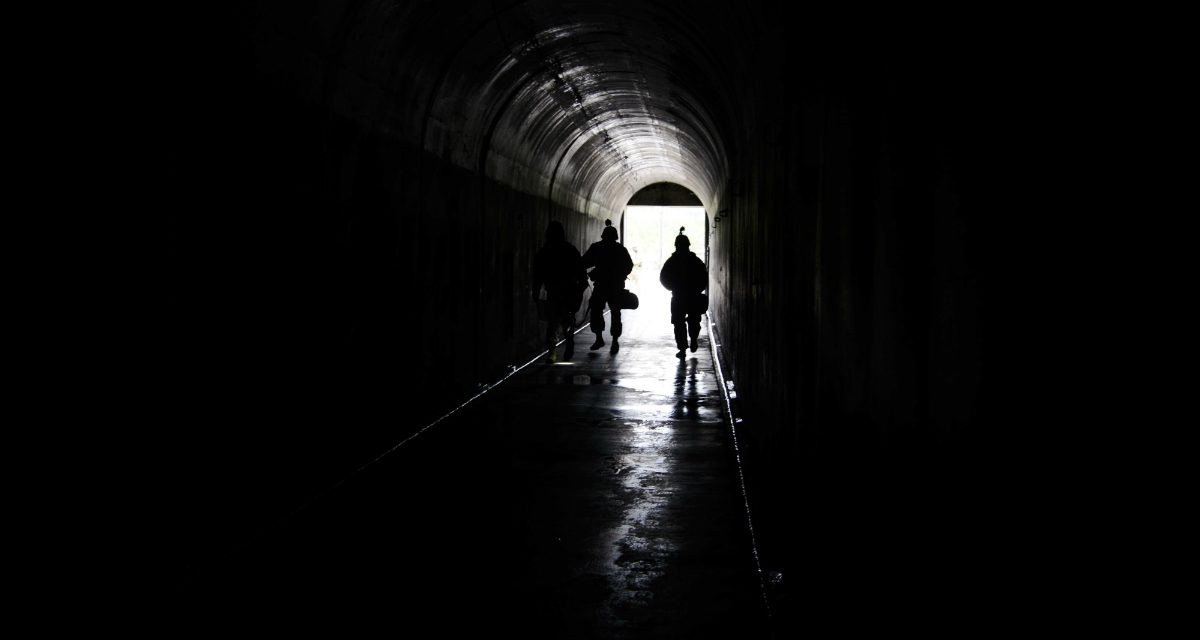

Stills taken from the body camera of a Spetsnaz GRU soldier, deployed as part of a joint-expedition between HRE, UFC and ROK Special Forces to investigate a series of large subterranean bunker complexes situated along the Kangnam Mountains. Though relations between the three nations have historically grown terse, reports that the DPRK evacuated its citizens to underground bunker complexes following the Great Panic were sufficient to promote cooperation between the three nations (with corresponding support from NATO) who would conduct several exploratory missions in efforts to confirm their whereabouts.





As with similar NATO-led incursions to the southeast, no conclusive evidence was found that any of the complexes still harboured survivors - the inherent danger of exploring the uncharted tunnels in closed quarters, poor visibility and other environmental hazards from the unstable architecture and flooding precluded a more thorough investigation. Testing of water samples taken from several sites revealed the presence of human remains and Solanum.
Concerns remain that a not-insignificant percentage of North Korea's near-25 million evacuated citizens were infected and remain trapped underground. More alarmingly, investigations have confirmed that most of the bunker complexes, exacerbated by poor construction, lack of maintenance, overgrowth, exposure to the elements and flooding, are likely to collapse or breach within a decade or so, potentially loosing millions of Zekes across the region.
Inspired by this recommended read: The Way Is Shut.
Still from declassified mission footage showing Alpha Team 41 containing an outbreak in NYC in July of 2013.
Initially there were just a handful of Alpha units but as the sickness spread the numbers needed rapidly proliferated. By the start of the Great Panic training periods had been reduced to just days, and still the existing units were working without rotation. Casualty rates increased exponentially in the final months before Yonkers.
The outbreak above was one of four rapid deployments of Alpha Team 41 in the same night. By the end of the week they’d been on eighteen operations and suffered a casualty rate of almost 60%. The next week NYC was lost and Alpha Team 41 disappeared.
Last edited:

Soldiers with a service dog patrol along the wire fence at the 3rd "Kamenyuki" frontier post in the Bialowieza Forest on the Belarus border with Poland. Patrolling dogs were used by some belarusian soldiers when the first cases came to the Polish/Belarusian border, but the goverment denied the virus until it was too late (similar as with the Covid IOTL...)

Latvian cadets show civilians which fleed Riga how food is prepared and cooked in the outdoors environment, to help them. The image was shoot on the Gauja National Park safe zone
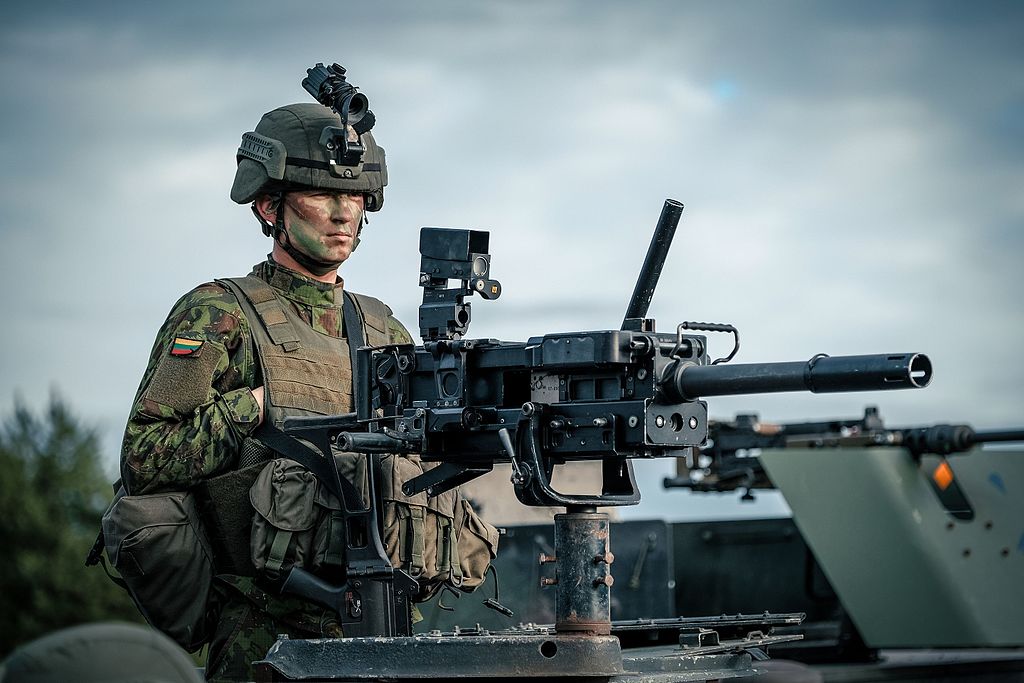
Lithuanian soldier on top of a machinegun turret created near the Lake Galvė and Trakai, that became a small safe zone and quarantine place near Vilnius
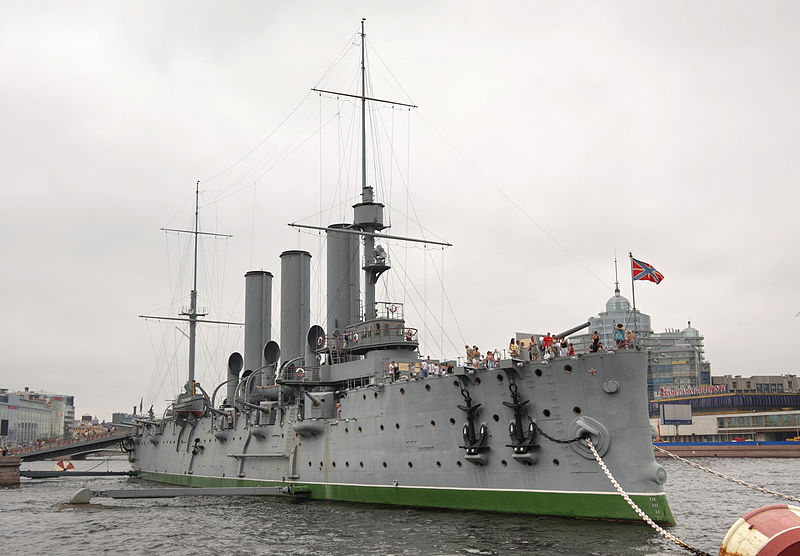
The Russian protected cruiser Aurora, launched in 1903. It was preserved as a museum in St Petersburg. In 1917 one of the first incidents of the October Revolution took place on the cruiser. After WWZ, it was refitted and sent back to St Petersburg to get restored by the Holy Russian Empire fleet HQ
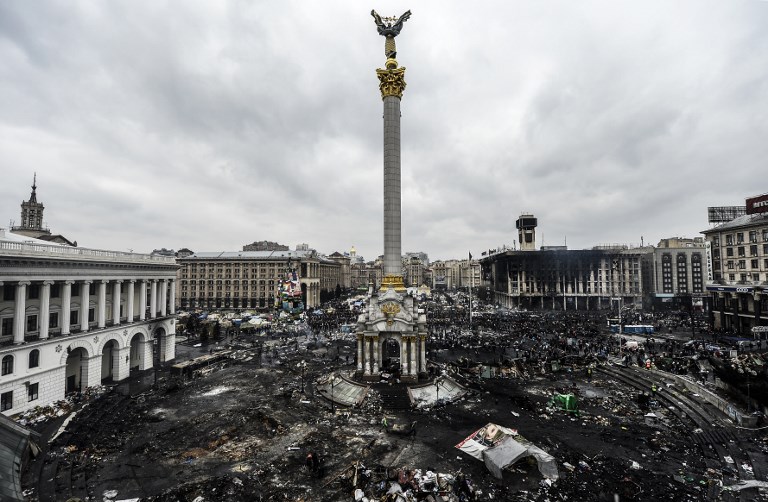
The Maidan Nezalezhnosti (Independence Square) of Kiev days after the fire that engulfed the city. The city wouldn´t be reconquered until the help of Turkish, NATO and Russian forces against the undead
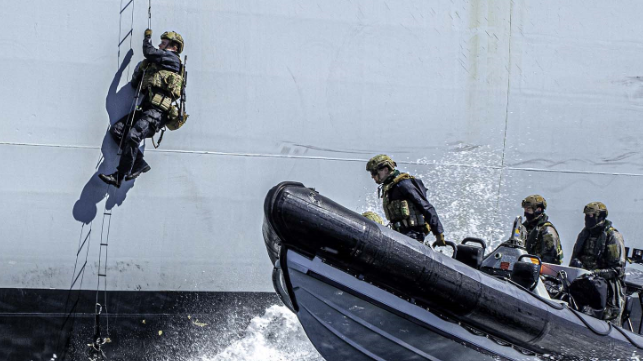
British Royal Marines boarding the derelict frigate HMS Monmouth in the North Sea, circa 2022.
An Iranian Army M60 Patton during the Iranian-Pakistani War, date unknown.

Mercenaries defending their positions from a Zek swarm somewhere in Central Africa, circa 2027.
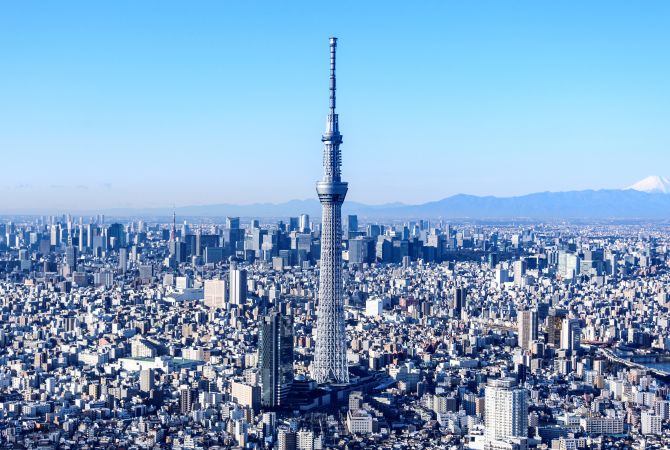
Skyline of Tokyo with the Tokyo Skytree on the center. The Tokyo Skytree opened on May 22, 2012, just a year before the Great Panic. It was one of the iconic buildings in the Japanese capital but had to be temporarily closed just a year later as the Solanum Virus struck the Home Islands.

Department of Defense satellites were vital to providing SIGINT to scattered U.S. military forces after the Battle of the Yonkers and during the Road to New York offensive.

Representative Tulsi Gabbard (D-HI) taking part in the defense of Hawaii after the U.S. government's retreat behind the Rockies. The Hawaiian represenative to the House, a member of the U.S. Army reserve prior to entering politics, immediately answered the call to duty to secure her home state from the Solanum Virus.

Marseille was sparsely infected during the outbreaks, but some survivors managed to avoid the infected
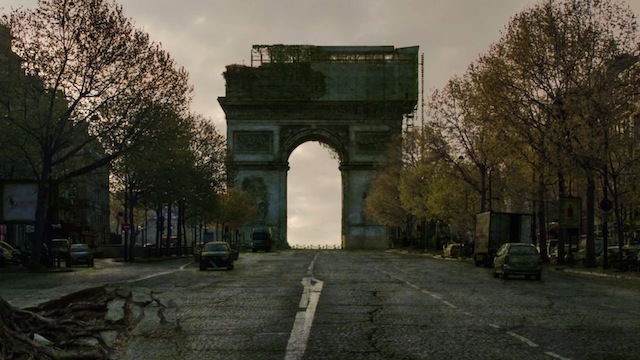
The Champs Elysees of Paris after the destruction of many infected during the last stages of the Paris cleaning operation

After the war, hulu Japan created a more serious film about the apocalypse, telling how some civilians survived before joining the JSFD Army or the Tatenokai
Share:




